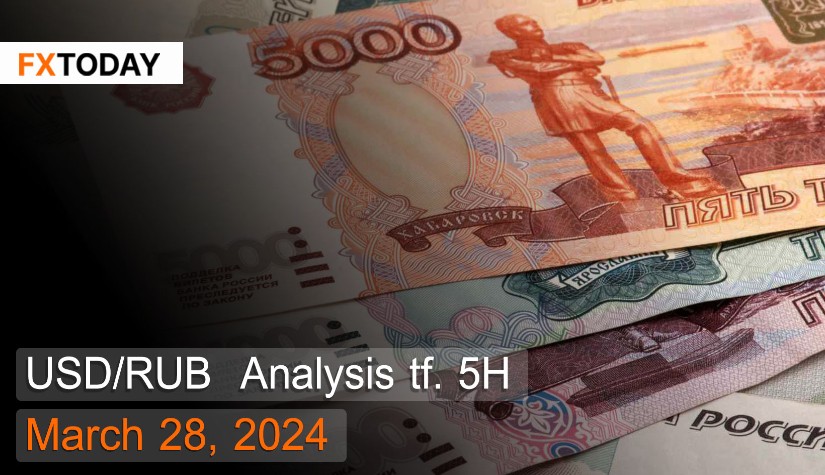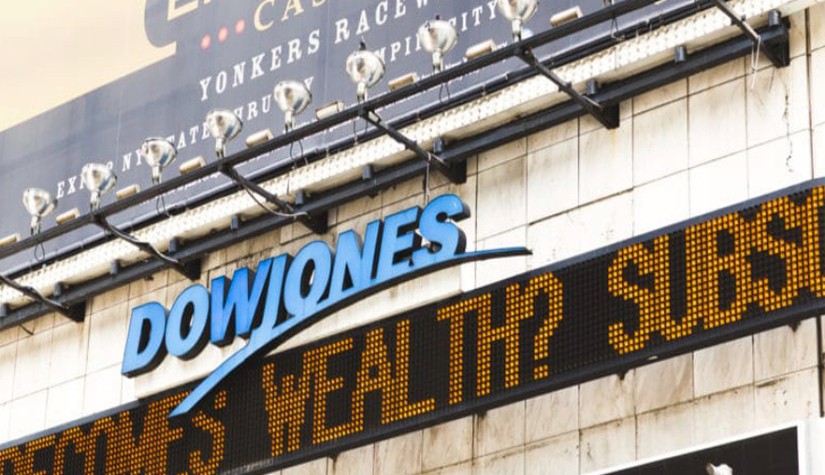The Russian economy still requires a large workforce.
The Russian ruble has rebounded once again after hitting its lowest point in a month, as investors continue to prioritize state political risk. Additionally, the country's main revenue from oil exports has been continuously pressured, especially by delays in exports to China and the collapse of European demand, significantly reducing Russia's trading capabilities.
The Central Bank of Russia (CBR) kept interest rate policy at 16% during the March meeting, aligning with market expectations. However, the bank has signaled it will control borrowing costs sufficiently to make monetary tightening more effective. Furthermore, the central bank remains vigilant about inflation.
Forward-looking economic indicators from the central bank suggest that the domestic economy can still grow robustly in the first quarter of this year, despite supply constraints from the devaluation of several currencies and ongoing labor shortages resulting from Russia's military mobilization. However, the CBR forecasts a decrease in inflation to 4% within this year.
Russia's annual inflation rate surged to another seven-year high at 7.7% in February 2567, surpassing the market's forecast of 7.6%. Inflation in Russia continues to deviate from the central bank's target of 4%, consistently driven by significantly higher service prices by 8.5% and food prices by 8.1%, while the core inflation rose to 7.6% from 6.8% the previous month.
Russia's trade surplus has significantly decreased by $7.8 billion USD, the largest decline in a year, due to a greater decrease in exports compared to imports. Exports fell by 14.1% to $28.9 billion USD, while imports declined by 12.6% to $21 billion USD.
The Russian central government ran a deficit of 1.474 trillion rubles in January and February, down from 2.378 trillion rubles in the same period last year. Government spending continued to rise steadily by 17.2% compared to the previous year, totaling 6.499 trillion rubles, with most of the increase attributed to military expenditures.
Techical analysis data (5H)
Resistance: 92.6621, 92.8089, 93.0393
Source: Investing.com
Buy/Long 1: If the price touches support in the price range of 92.0545 - 92.2849 but cannot break the support at 92.2849, you may set a TP at approximately 92.8089 and SL at around 91.9077 or according to your acceptable risk.
Buy/Long 2: If the price breaks the resistance in the price range of 92.6621 - 92.8089, you may set a TP at approximately 93.0393 and SL at around 92.0545 or according to your acceptable risk.
Sell/Short 1: If the price touches resistance in the price range of 92.6621 - 92.8089 but cannot break the resistance at 92.6621, you may set a TP at approximately 92.0545 and SL at around 93.0393 or according to your acceptable risk.
Sell/Short 2: If the price breaks the support in the price range of 92.0545 - 92.2849, you may set a TP at approximately 91.9077 and SL at around 92.8089 or according to your acceptable risk.
Pivot point March 28, 2024 10:32 PM. GMT+7
|
Name
|
S3
|
S2
|
S1
|
Pivot Points
|
R1
|
R2
|
R3
|
| Classic | 91.9077 | 92.0545 | 92.2849 | 92.4317 | 92.6621 | 92.8089 | 93.0393 |
| Fibonacci | 92.0545 | 92.1986 | 92.2876 | 92.4317 | 92.5758 | 92.6648 | 92.8089 |
| Camarilla | 92.4116 | 92.4461 | 92.4807 | 92.4317 | 92.5499 | 92.5844 | 92.619 |
| Woodie's | 91.9495 | 92.0754 | 92.3267 | 92.4526 | 92.7039 | 92.8298 | 93.0811 |
| DeMark's | - | - | 92.3583 | 92.4684 | 92.7355 | - | - |
















